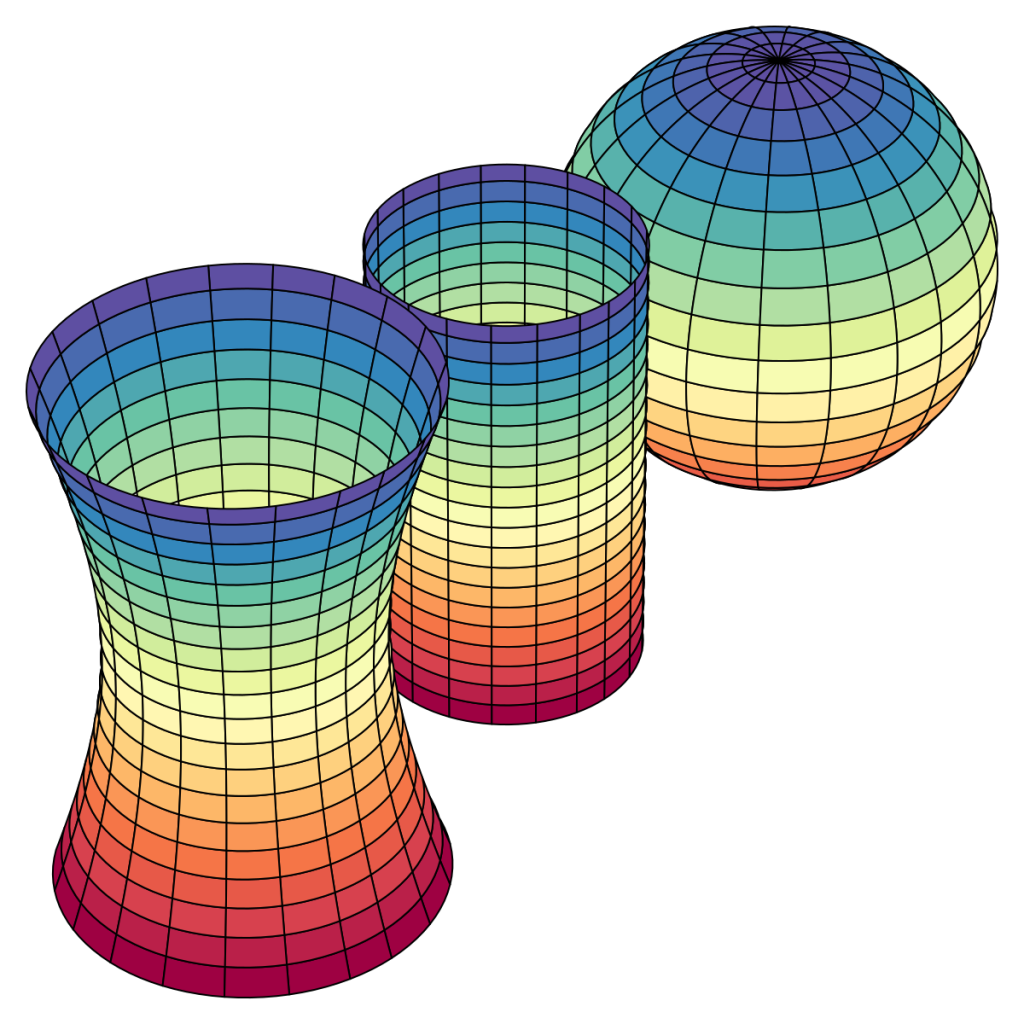
Cracking the Code of Prime Numbers
Imagine you’re looking at a bunch of coins scattered randomly on the floor. At first glance, they seem to be all over the place without any order. However, what if there was a hidden pattern in how these coins are arranged? Mathematicians have been grappling with a similar mystery regarding prime numbers for centuries. The Riemann Hypothesis is like the key to unlocking this hidden pattern.
Breaking Down the Jargon
Let’s simplify some of the technical terms:
- Riemann Zeta Function: A special mathematical function used to study the distribution of prime numbers.
- Prime Numbers: Numbers greater than 1 that can only be divided by 1 and themselves. Prime numbers are those that can only be divided by themselves and one, like 2, 3, 5, and 7. They are the building blocks of mathematics, much like atoms are for molecules. But predicting where the next prime number will appear is extremely challenging
- Zeta Zeros: Points where the Riemann zeta function equals zero, which are crucial for understanding the distribution of primes.
In 1859, a mathematician named Bernhard Riemann proposed a hypothesis that all non-trivial zeros of a special function (called the Riemann zeta function) lie on a specific line in the complex number plane. Proving this would not only solve one of math’s greatest puzzles but also provide deeper insight into the distribution of prime numbers. This is the essence of the Riemann Hypothesis.
The Latest Breakthrough
For 165 years, mathematicians have been trying to prove the Riemann Hypothesis, offering a $1 million prize for its proof. Recently, James Maynard from the University of Oxford and Larry Guth from MIT made significant progress in this quest. They didn’t solve the Riemann Hypothesis but made a crucial breakthrough by ruling out certain exceptions that could have complicated the hypothesis.
This is like narrowing down the possible places where a hidden treasure might be, even if you haven’t found it yet. Their work might not win the million-dollar prize, but it’s a big leap forward, bringing new ideas and techniques that could help in future research.
The Hidden Structure
Despite appearing random, prime numbers follow a pattern that has intrigued mathematicians for centuries. In the 1700s, Carl Friedrich Gauss discovered that primes become less frequent as numbers get larger, following a specific formula. Riemann took this further, suggesting a deeper connection through his hypothesis.
Maynard and Guth’s work focuses on a particular range of these zeta zeros, refining our understanding of where they can’t be. This kind of research is like peeling away layers of an onion, getting closer to the core truth of prime number distribution.
Why Should You Care?
You might wonder why all this matters. Prime numbers are everywhere in our daily lives, especially in encryption algorithms that protect our online data. Understanding their distribution better could enhance cybersecurity, making our online transactions and communications more secure.
Additionally, the techniques developed by Maynard and Guth could have broader applications beyond just prime numbers. For example, these methods might simplify other complex problems in mathematics and physics, potentially leading to new technologies and innovations.
Let us know!
What do you think about the quest to understand prime numbers? Do you find it fascinating that such abstract concepts can have real-world applications like encryption and cybersecurity? Share your thoughts in the comments below!
Explore and Learn with Science:
Dive into groundbreaking research and inspiring stories with ‘This Week in Science’! Perfect for teachers and science enthusiasts, our free weekly newsletter expands your horizons in teaching and learning. Join us today and reshape your engagement with science.



